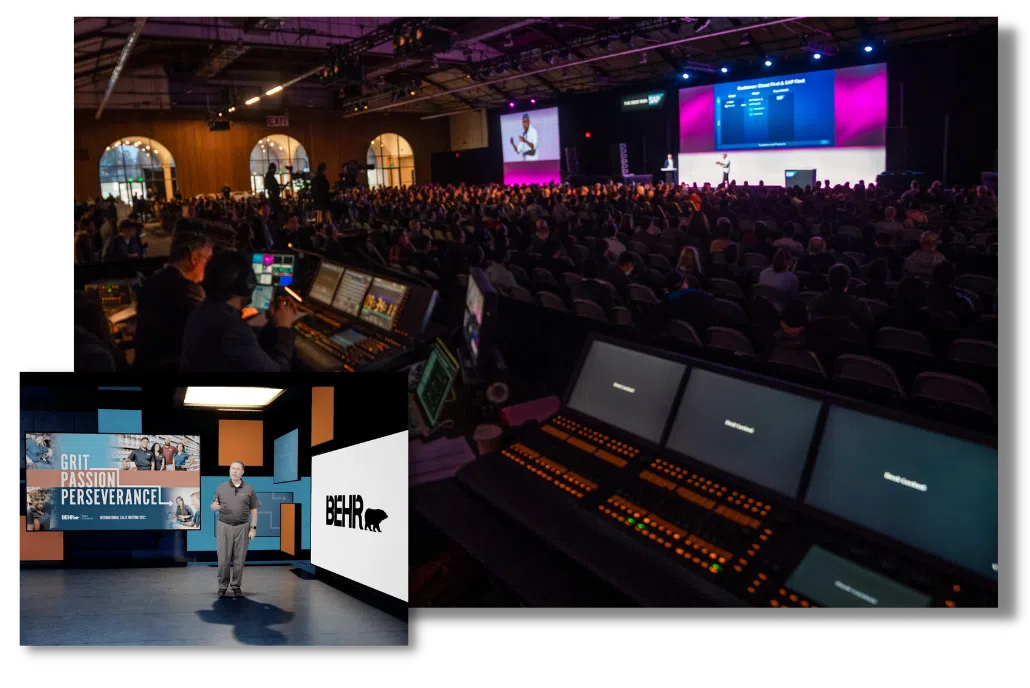Perfecting the Craft of Seamless Video Projection on Curved Surfaces for Stunning Graphic Experiences
Film mapping is an innovative technique that allows images and videos to be projected onto surfaces, creating breathtaking visual encounters. When it comes to curved areas, perfecting this craft can be a bit more challenging than casting onto level surfaces. Curved surfaces can include anything from the facades of buildings to sculptures and even platforms. Grasping how to efficiently map footage onto these shapes is essential for artists, design professionals, and event organizers who want to develop engaging environments that enthrall audiences.The first phase in footage mapping on rounded surfaces is to comprehend the shape of the area. Curved surfaces can be complex, with varying degrees of bend. To attain a smooth display, it is important to build a 3D model of the area. This model helps in visualizing how the footage will look when cast. Software tools are accessible that permit users to develop these models and simulate the display. By precisely mapping the dimensions and shapes of the area, creators can ensure that the video matches perfectly without distortion.
Once the 3D representation is ready, the next phase is to prepare the video material. This includes editing the footage to suit the particular shape and dimensions of the rounded area. It is essential to take into account the angles and viewpoints from which the audience will observe the display. The content should be designed to improve the visual encounter, making it engaging and relevant to the theme of the event or setup. Using premium graphics and motion graphics can significantly improve the total effect of the projection.
After editing the material, the actual projection procedure starts. This involves setting up the projectors at the correct angles and spaces to ensure that the video matches with the 3D representation. Calibration is a crucial part of this process. It may require modifying the luminosity, contrast, and focus of the devices to achieve the optimal results. Additionally, using multiple devices may be required to cover larger or more complex surfaces. This technique, known as edge blending, helps form a seamless image across the entire area.

Ultimately, trialing the projection is essential before the conclusive show. This allows creators to make any required adjustments to the video and device configurations. It is also an chance to see how the audience will perceive the display from various perspectives. By confirming that the footage mapping is perfect, creators can provide a remarkable visual experience that creates a lasting impact. Perfecting video projection on Click Here curved areas not only improves creative expression but also creates new opportunities for narrative and audience interaction in various environments.